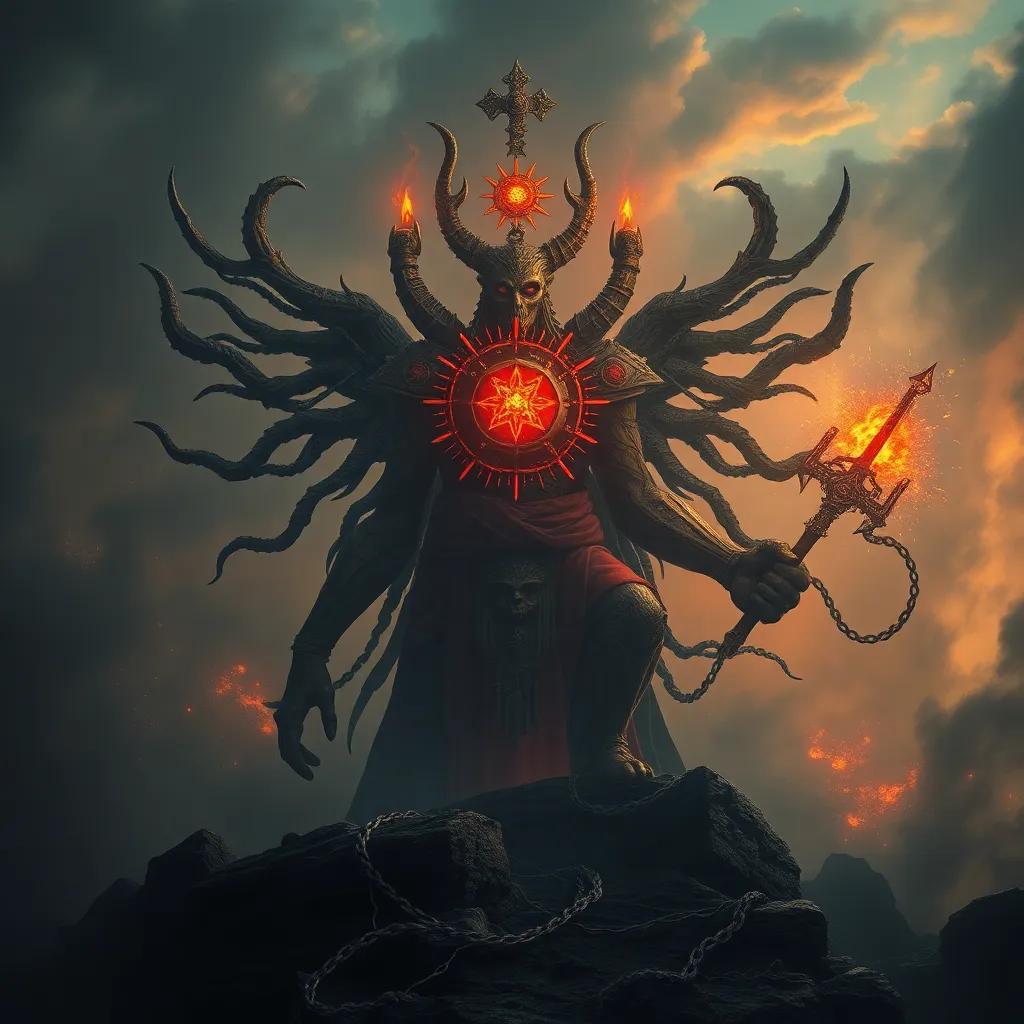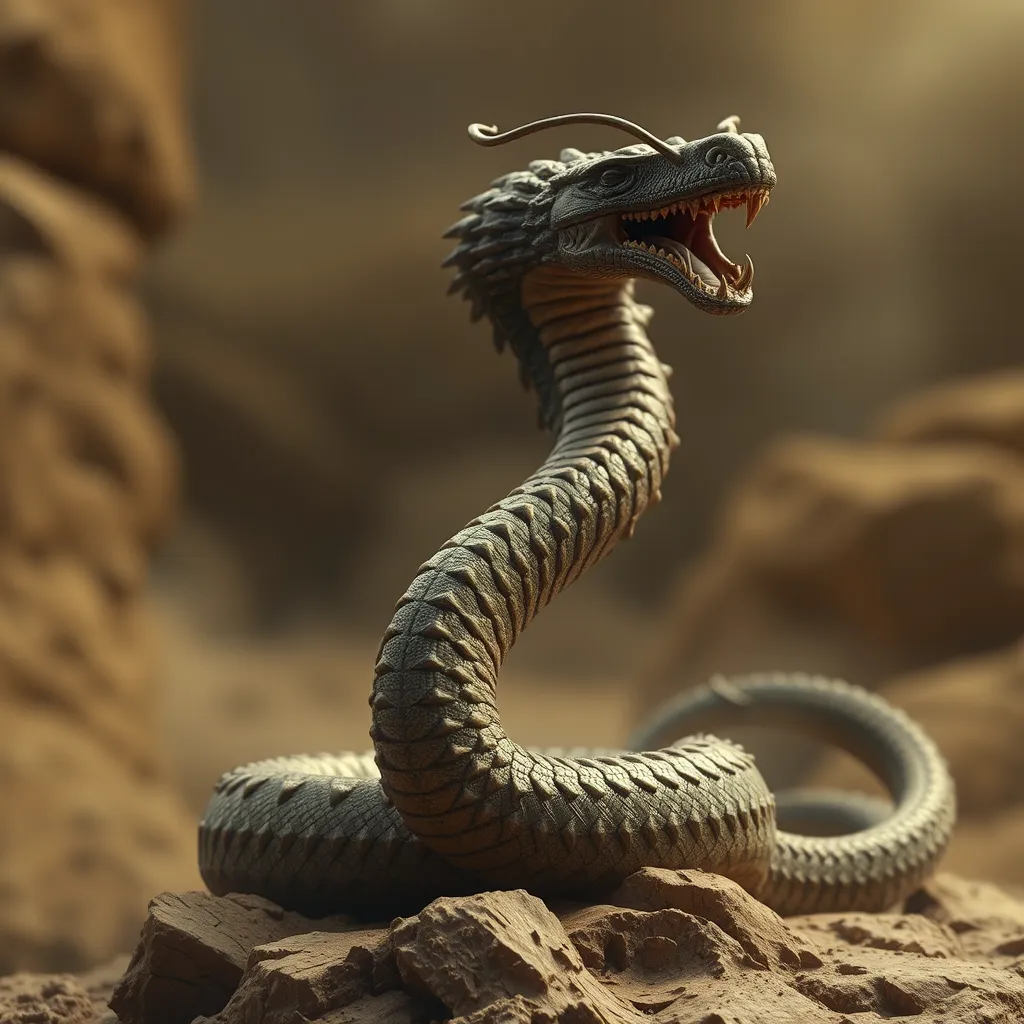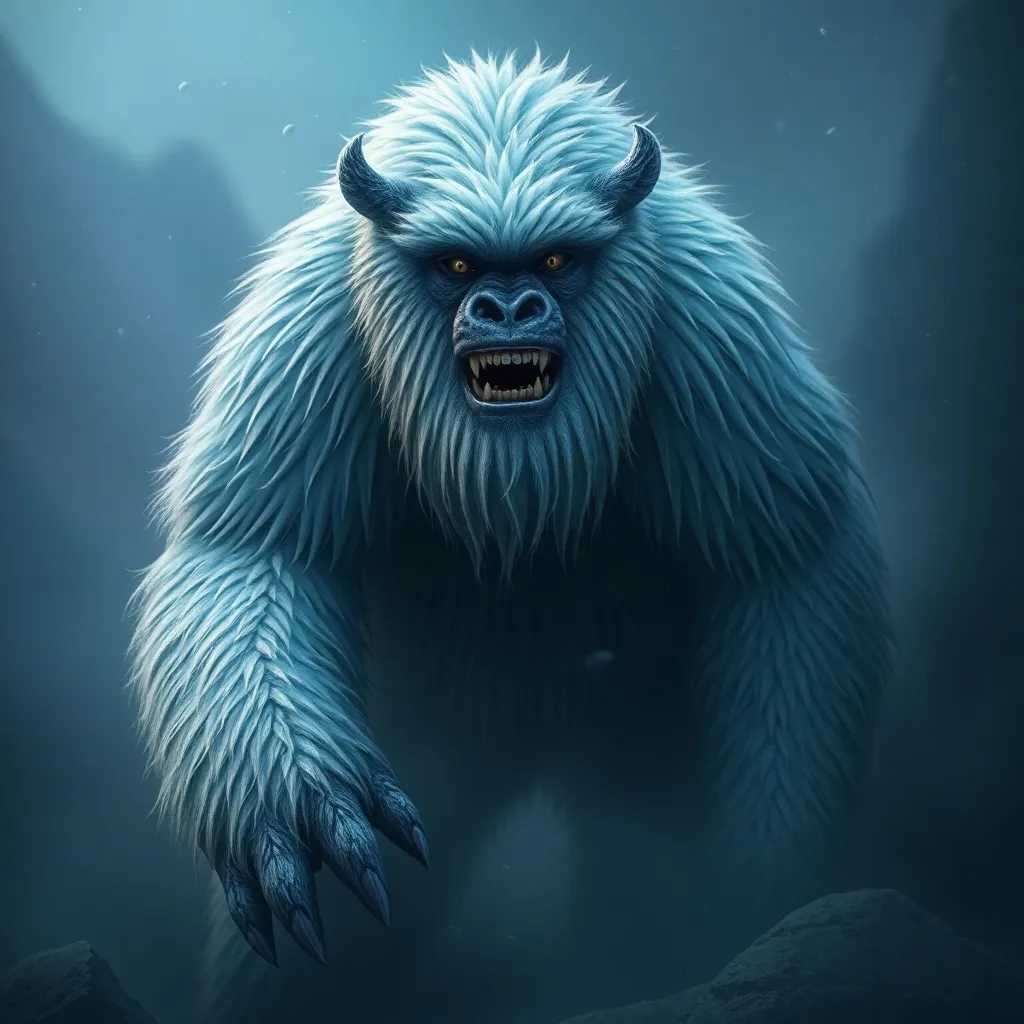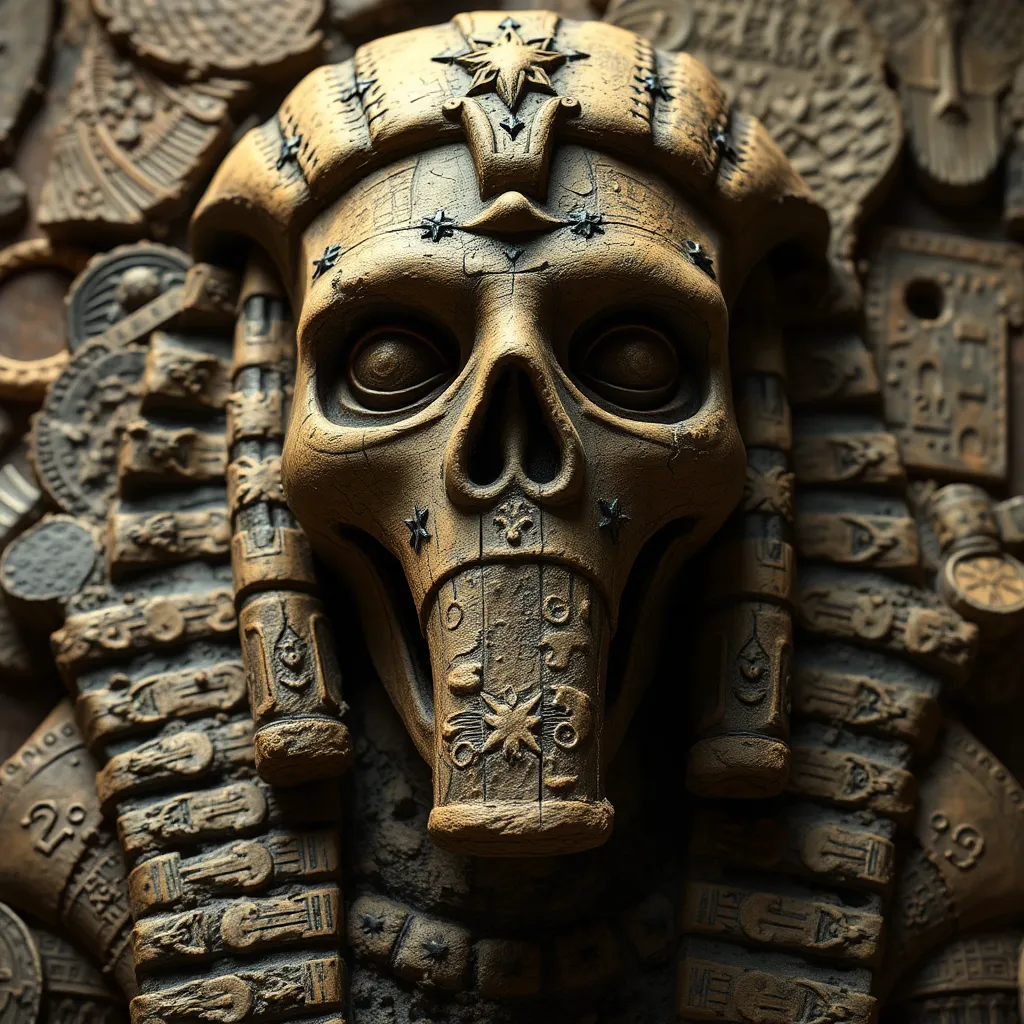Ah Puch and the Fear of Death: Conquering Mortality in Mythology
I. Introduction
Ah Puch, often referred to as the Mayan god of death, is a significant figure in Mayan mythology. His persona encapsulates the intricate relationship between life and death, a theme prevalent in many cultures across the globe. Death and the afterlife have been subjects of fascination and fear, inspiring various mythologies and rituals. This article aims to explore the themes of mortality and fear through the lens of Ah Puch, shedding light on how this deity helps us understand the human experience with death.
II. Who is Ah Puch?
Ah Puch is depicted as a skeletal figure, often adorned with symbols of decay and darkness. His characteristics include:
- Skin the color of ash
- Decorations made of bones and skulls
- Association with the underworld known as Xibalba
As a deity, Ah Puch plays a pivotal role in Mayan cosmology. He is not merely a god of death but also a guardian of the afterlife, ensuring that souls transition smoothly into the next world. This role is comparable to other death deities in various cultures, such as:
- Hades in Greek mythology
- Anubis in Egyptian mythology
- Yama in Hindu tradition
III. The Symbolism of Death in Mythology
The fear of death is a universal sentiment, often depicted in myths as a journey or transformation. In many cultures, death is not merely an end but a passage to another existence. Ah Puch embodies these concepts through his narratives, symbolizing both fear and acceptance of mortality. He represents:
- The inevitability of death
- The cycle of life and rebirth
- The importance of honoring the deceased
In Mayan stories, Ah Puch serves as a reminder that death is an essential part of the human experience, urging the living to reflect on their actions and legacies.
IV. Ah Puch’s Influence on Mayan Culture
Ah Puch’s influence extends beyond mythology into the daily lives and rituals of the ancient Maya. Ritualistic practices associated with Ah Puch included:
- Burial ceremonies to honor the dead
- Offerings made to appease the deity
- Festivals that celebrated the cycle of life and death
The societal implications of fearing death are profound. By honoring Ah Puch, the Maya not only confronted their mortality but also reinforced communal ties through shared rituals. Artistic representations of Ah Puch can be found in various Mayan artifacts, showcasing his importance in their culture. These depictions often illustrate the duality of death as both a fearful and revered concept.
V. Confronting Mortality Through Myth
Mythology serves as a crucial tool for humanity in coping with the inherent fear of death. Through Ah Puch’s narratives, the Maya found ways to confront and understand mortality. His role as a guide for the living and the dead highlights the importance of preparation for death, both spiritually and culturally. Key lessons learned from Ah Puch include:
- Embracing death as part of life’s journey
- Understanding that the dead continue to impact the living
- Recognizing the importance of legacy and memory
These lessons offer a framework for individuals to navigate their fears and uncertainties surrounding mortality.
VI. Comparative Analysis: Ah Puch and Other Death Deities
When comparing Ah Puch to other prominent death deities, interesting similarities and differences emerge. For instance:
- Hades: Both are associated with the afterlife; however, Hades is often portrayed as a more neutral figure, whereas Ah Puch embodies decay and fear.
- Anubis: Both serve as guides for the dead, but Anubis is focused on protection and preservation, while Ah Puch represents the natural decay of the body.
- Yama: Similar to Ah Puch, Yama serves as a judge of souls but is often viewed in a more positive light, guiding souls toward reincarnation.
This comparative analysis sheds light on cultural attitudes towards death, revealing how different societies perceive and cope with mortality.
VII. Modern Interpretations of Ah Puch
In contemporary literature and media, Ah Puch has seen a resurgence of interest. Modern interpretations often explore themes of death and the afterlife, reflecting on how ancient beliefs resonate with today’s audiences. This renewed interest highlights several aspects:
- The relevance of Mayan mythology in understanding cultural identity
- How Ah Puch’s character can reshape modern perspectives on death
- The exploration of mortality through various artistic expressions
These modern narratives can provide fresh insights into how societies view death, fear, and the afterlife.
VIII. Conclusion
Ah Puch serves as a significant figure in addressing the fear of death, providing a lens through which to explore human mortality. The exploration of his character reveals the importance of mythology in shaping cultural identity and coping mechanisms. As we reflect on the enduring legacy of Ah Puch, it becomes clear that the themes of life, death, and the afterlife continue to resonate within the human experience, offering wisdom and comfort as we navigate our own mortality.



